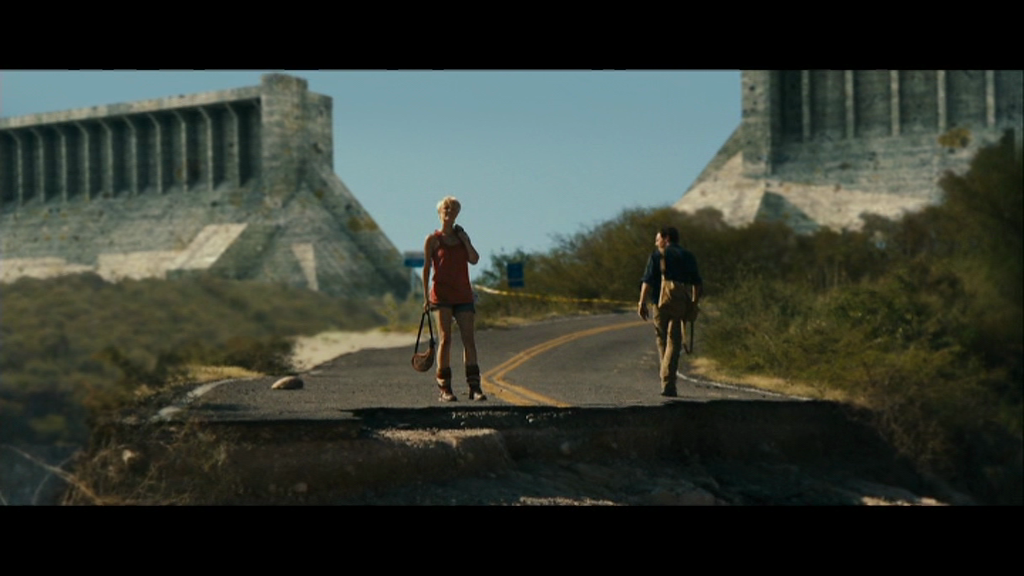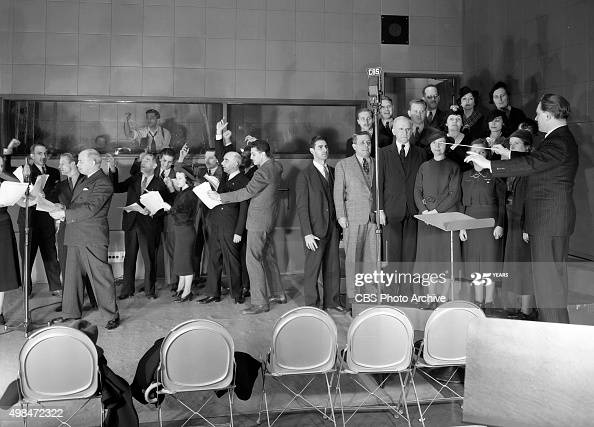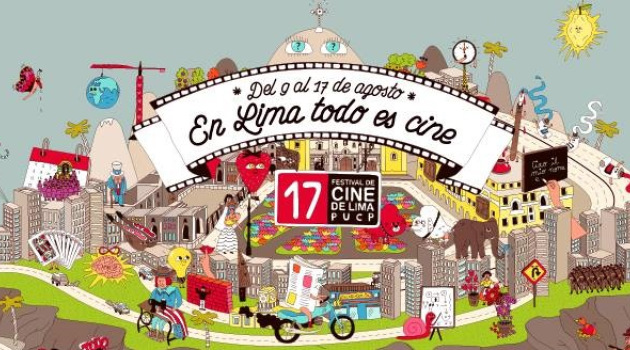Articles
Cancelling the apocalypse: Pacific Rim as chthulucinema
By Jamie Uy & William Brown

Excerpt: Like the work of Lovecraft, then, Pacific Rim suggests that the earth is not actually ours, but rather that it is shared – with the kaiju as well as by implication with numerous other species. While someone like T.J. Demos criticizes the anthropocene as a term, since it suggests that the human is responsible for the destruction of the planet when in fact it is more rightly the capitalist human who has done this (see Demos 2017, 18), we might equally critique the term for reaffirming the human as the primary agential force on Earth, regardless of whether we have left an impact monumental enough to alter the planet forever (which if it is the case would only reaffirm our sense of self-importance). READ MORE
Wonderland: The Digital and the Cosmopolitan at the Borderlands in Monsters
By Celestino Deleyto

Excerpt: Starting at this smooth transition from pyramid to wall, this article explores the potential of Monsters’ particular deployment of digital technology to articulate cultural meanings about the border between Mexico and the US. This is a territory with a long history of cinematic representations in Mexican and, especially, in US cinema, particularly in recent decades, coinciding with its growth in geopolitical importance. READ MORE
Good neighbours, educators, and active listeners: radio resources in the National Archives
By Joy Elizabeth Hayes

Excerpt: The program used an innovative documentary style to ‘sell’ Americans a positive view of Latin American countries as part of the Roosevelt Administration’s Good Neighbour Policy. In the words of Secretary of Education John Studebaker, this was the first time that a government had spent time and money in a sustained effort to ‘help its own citizens appreciate the ideals of people across the border’ (Studebaker quoted in Boutwell 1937, 51). Positive public opinion towards the countries and peoples of the region was a key to the Good Neighbour Policy, which promised an ideological transformation in American perceptions of, and actions towards, the region and its people. READ MORE
Sonic bridging: locating, archiving, and preserving Spanish-language and bilingual radio in the United States
By Monica De La Torre

Excerpt: The strong radio listenership amongst Latinxs – approximately 97% of this population tunes in to radio each week – reflects their interest in broadcasts extending beyond typical top 40 music and talk radio formats with radionovelas (radio dramas), public service announcements covering everything from health to immigration, and other community-produced content by, for, and about them (Nielsen Company) In fact, Spanish-dominant listeners spend the most time listening to radio among all US adults, with an average 13 h and 12 min listening a week compared to 11 h and 48 min for English-dominant listeners (Nielsen Company, 2016). READ MORE
Pursuing, resembling, and contesting the global: the emergence of Chilean film festivals

By María Paz Peirano
Excerpt: This article explores the emergence of this dynamic network of local film festivals, presenting an overview of the Chilean festival landscape. It accounts for the trajectories of the main festivals in the country and the constitution of a festival network including smaller events that have come together during the 2000s. The research is based on extensive ethnographic fieldwork among Chilean film professionals conducted between 2011 and 2014 in national and transnational settings, and attempts to contextualize these events in relation to the local and international trends that have enabled the expansion of the national circuit. READ MORE
Self-referentiality and neoliberalism in contemporary Argentine cinema
By Natália Pinazza

Excerpt: In the boom in Argentine film production in the mid-1990s, Argentine filmmakers were posed with the challenge of making commercially viable films while endeavoring to achieve artistic merit. As a consequence, an increasing number of Argentine films started to appropriate Hollywood genre and global aesthetics while incorporating local elements (i.e. actors, language, location, and socioeconomic climate). Nonetheless, adopting the standards of international film industries, in particular Hollywood, can prove very difficult to the Argentine filmmaker who is in a much less resourceful context. READ MORE
Vox politica: acousmatic voices in Argentinean science fiction cinema
By Mariano Paz

Excerpt: La Antena (The Aerial) was released in Buenos Aires in 2007 and it is shot entirely in black and white. Its most immediately significant feature is, however, that it is a silent film that deliberately pays homage to the aesthetics and visuals of German expressionism and other cinematic movements of the silent era. The story is set in an unnamed imaginary city where all its inhabitants (except for one) have lost their capacity to speak. They do know the language – Spanish – and they can read and write, but literally no sounds come out of their mouths when they speak. READ MORE
Constraints and possibilities: Lima Film Festival, politics and cultural formation in Peru
By Sara Barrow

Excerpt: Having now survived and thrived for almost two decades, this prominent cultural event has also taken on a powerful role as arbiter of quality art cinema and as would-be shaper of cinematic taste, particularly in terms of influencing spectator perspectives on films made by local producers. In this regard, the involvement in the programming of and reporting on the Lima Festival by many of those critics who established Hablemos de Cine (1965–1985), ‘the first and most influential film publication in Peru and the longest-running independent film journal in Latin America’ (Middents 2011, 1) should not be underestimated. READ MORE
Reviews
Contemporary Peruvian cinema: history, identity and violence on screen

By Andrea Meador Smith
Excerpt: In these lengthy chapters, Barrow truly shines: the stunning breadth of her research spans not only the sociopolitical climate of the time but also numerous aspects of film history, from the filmmakers’ ideologies to issues surrounding the financing, release and reception of their works. READ MORE
